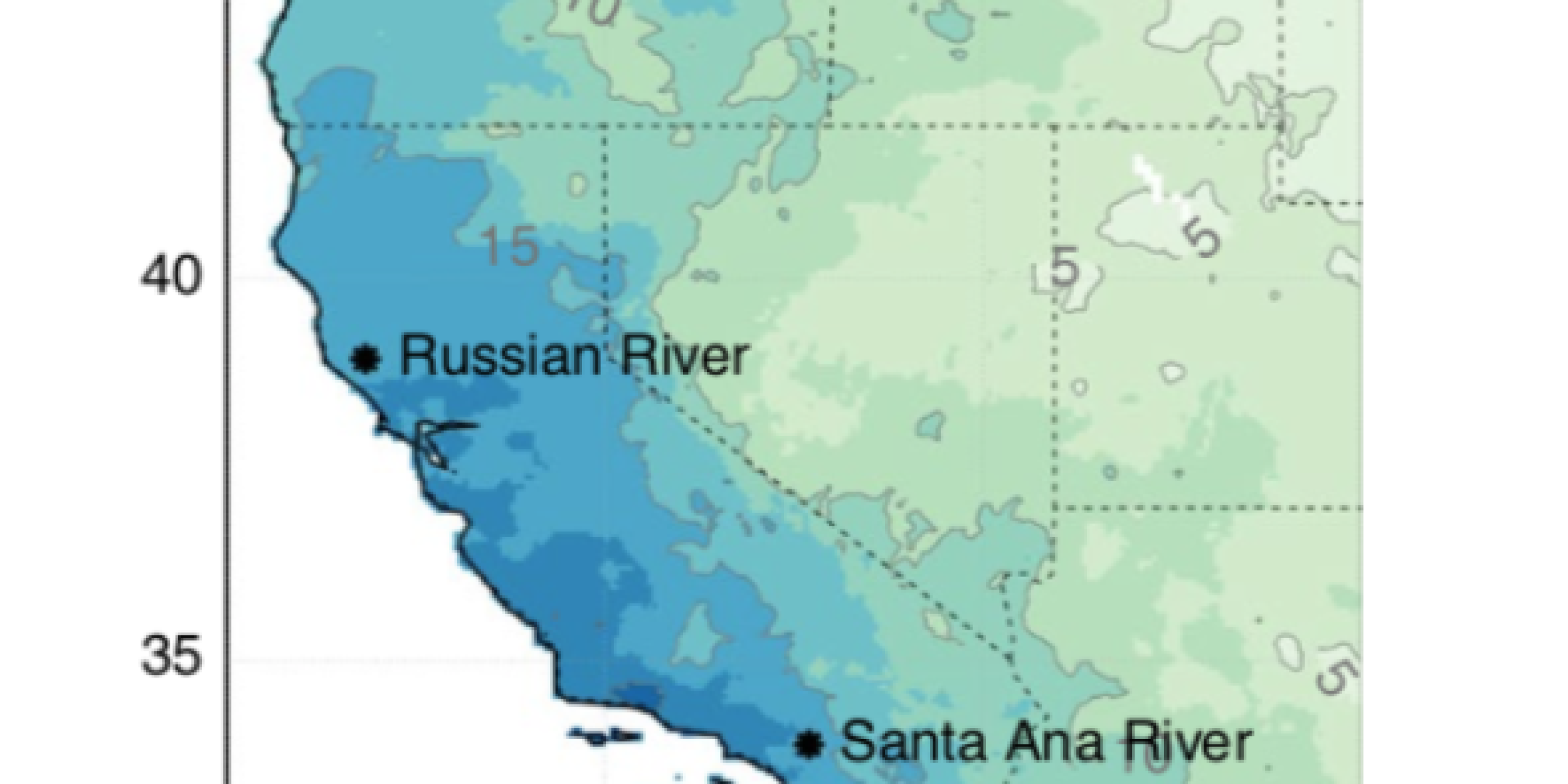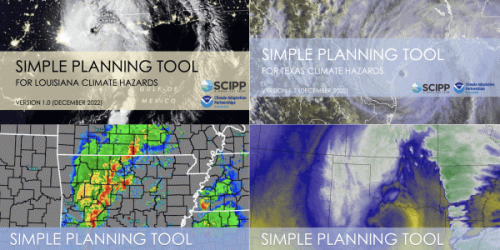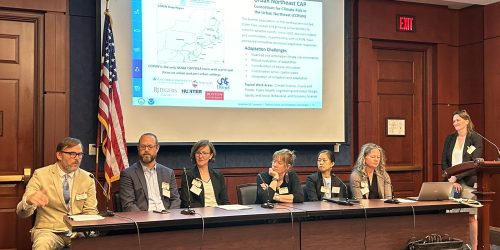A new paper published this week in Scientific Reports explains the dominant mechanism for projected intensification of extreme precipitation in California and Western North America as part of the changing precipitation regime of this region. Previous work has shown the decreasing frequency of precipitation in all Mediterranean climate regions as they become more subtropical and the increasing intensity of precipitation (especially in California).
In this latest study, lead by Sasha Gershunov, with support from the California-Nevada Applications Program (CNAP) – a NOAA RISA program, the group identifies the dominant mechanism by which heavy precipitation becomes more extreme, atmospheric rivers. The results are not necessarily surprising as other studies have suggested intensification of atmospheric rivers in a warming climate, but the group has now explicitly linked this intensification of atmospheric rivers to changes in finely-resolved precipitation. This more mechanistic understanding of the intensification of heavy precipitation will help scientists interpret ongoing changes and make plans to manage water resources and flood risk in a progressively more volatile future.









